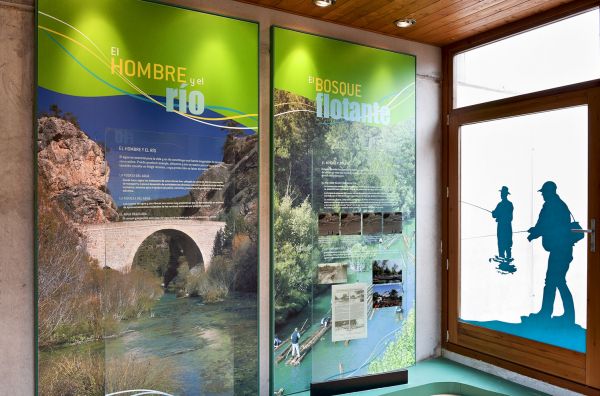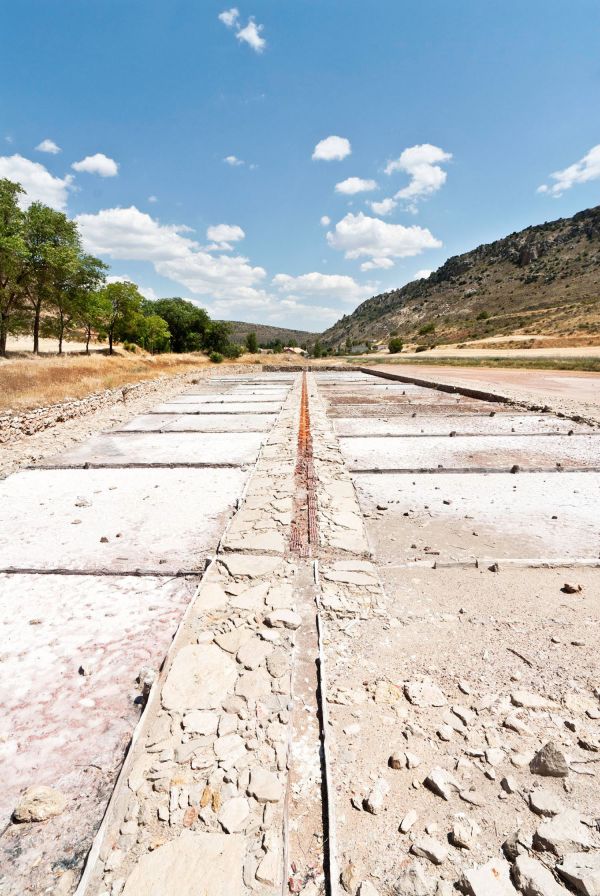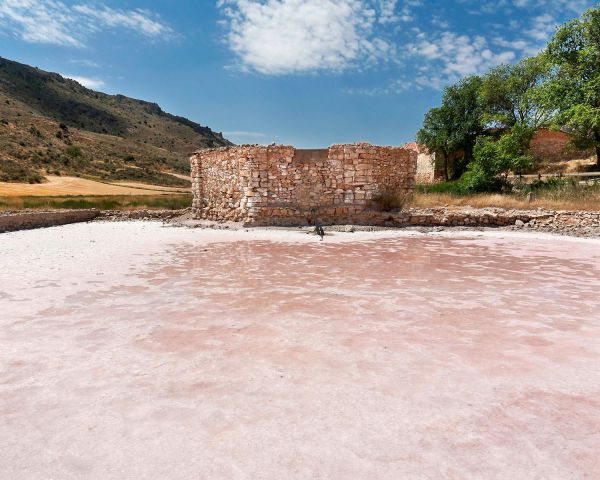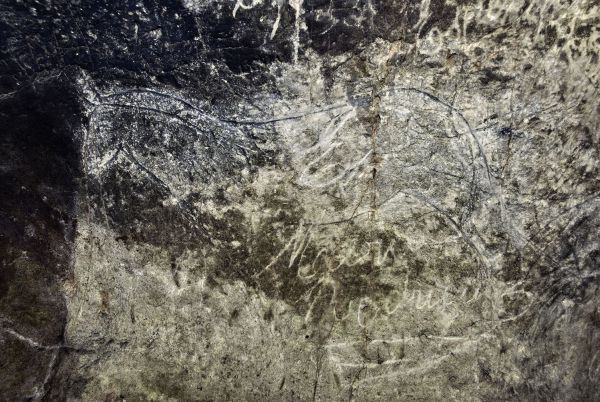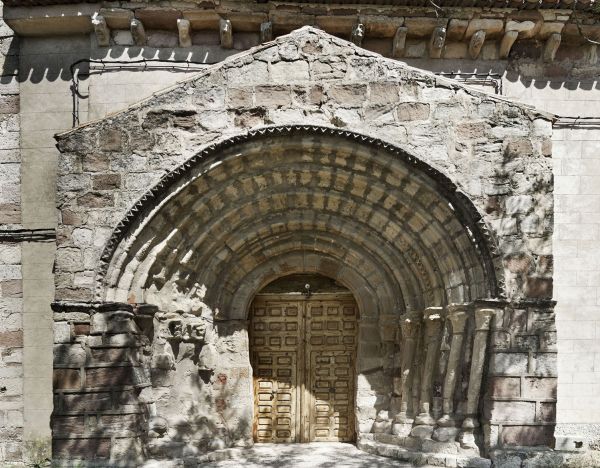Alto Tajo: the river that guides us (1)
Guadalajara
“The Alto Tajo is not a gentle current between hills, but instead a wild river that has built up a gorge in the solid rock of the high plateau. It still eats away at the hard crag, cascading in waterfalls from one level to another, like those that gave their name to this gorge.”
Words by the writer José Luis Sampedro, describing the Escaleruela gorge, one of the many beautiful corners of the Alto Tajo Natural Park.
The extension, rich nature and landscape variety of the zone mean this trip should be planned carefully. Many of the main attractions can be visited by car, but on foot we’ll be able to really take in one of the most beautiful, best preserved natural enclaves in Spain.
Ocentejo is on the right banks of the Tajo. From this small town, a route can be taken to visit the Inesperada salt flats and, by extending this trip a little, the Hundido de Armallones.
Not far away lies the Canales del Ducado, where we can begin the route to the mouth of the Ablanquejo river, a tributary of the Tajo. We go through Sacecorbo to take us to Riba de Saelices. First, it’s worth stopping at Saelices de la Sal to visit, at the entrance of the town, the Salinas de San Juan with over 800 years of history. Riba de Saelices is bathed in the waters of the Linares river, between pine trees and junipers, and the town centre has a rich historical and cultural heritage.
Don’t miss the Casares cave with cave paintings and engravings, the parish church of St. Mary Magdalene and the so-called Valley of the Miracles with interesting rock formations.
Through these hills, sprinkled with junipers, we head south until reaching Huertahernando. The town overlooks ravines formed by the Ablanquejo river, which makes up a stunning canyon. A walk on foot leads along the course of the Tajo river and to the Tagüenza river, one of the most surprising enclaves of the Alto Tajo.
A narrow road leads to the small medieval town of Buenafuente del Sistal, where, in a valley surrounded by pines and juniper trees, the St. Mary monastery is located.
In Villar de Cobeta, where we again find stunning views, a road begins leading to the Alpetea castle, perched atop a hill with incredible views.
The route winds alongside the course of the Tajo until reaching the San Pedro bridge, one of the most iconic points of the Alto Tajo. Nearby, a forest track enters the canyon comprising the river waters. The trail, always hugging the river, passes by some of the park’s most beautiful spots: the Escaleruel waterfall, the Salmerón ford and the Peñalén bridge.
Before reaching Zaorejas, one of the park’s nerve centres and an excellent starting point for practising canoeing and other sports activities, it’s a good idea to visit the lookout point of the same name.
Toda la información para visitar el Parque Natural del Alto Tajo: http://areasprotegidas.castillalamancha.es/rap/espacios-naturales-protegidos/enp-parque-natural/148/visita-y-disfruta
Centro de Interpretación del “Río Tajo” – Zaorejas–
Tel. 949 88 53 00
E-mail: pnaltotajo@jccm.es
May also be of interest to you
Castilla-La Mancha Tourism in 2023. All rights reserved.

 365
365



